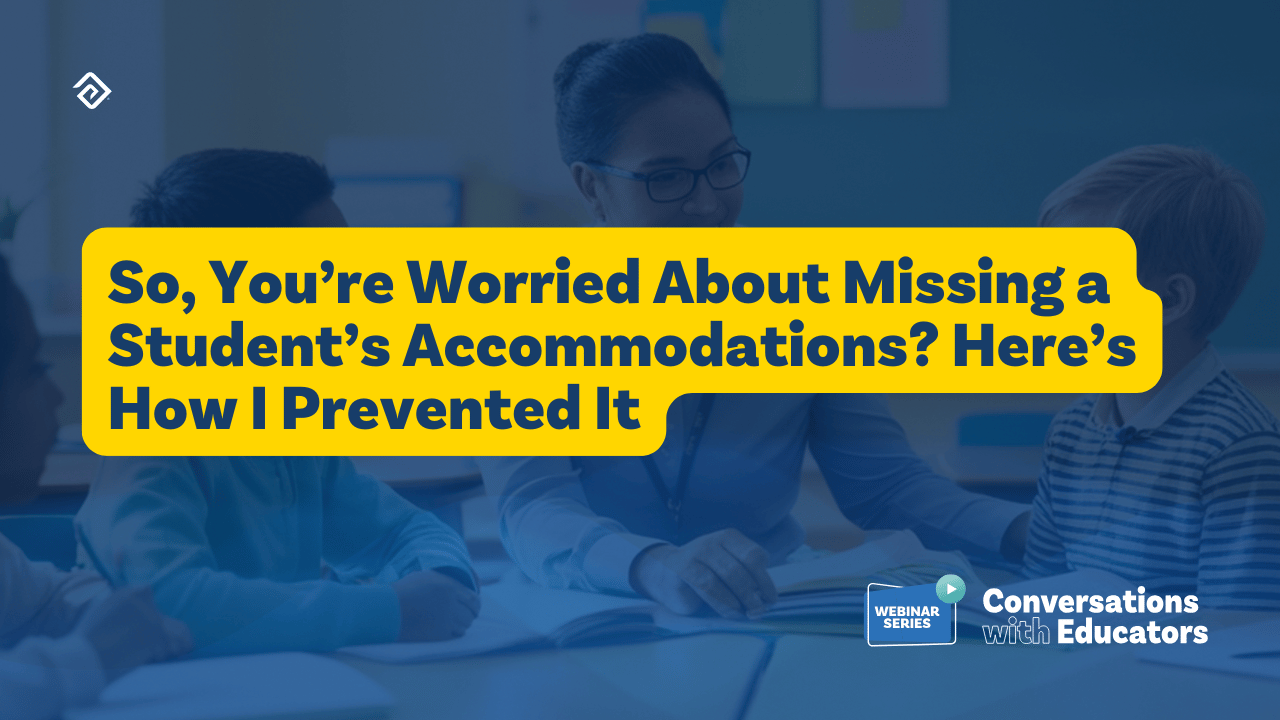Supporting English Language Learners in Schools: Strategies for Success

English language learners (ELLs) are diverse students who struggle to communicate or learn effectively in English as their second language. They often come from homes where English isn’t the primary language and require special instruction in both English and their academic courses.
The achievement gaps between ELLs and their non-ELL peers pose a significant challenge within the educational system. Bridging these gaps is crucial for ensuring ELLs have equal opportunities to succeed academically. Here are key strategies and responsibilities schools can undertake to support English language learners and narrow these achievement gaps.
7 Ways Schools Can Support ELL Success
Supporting ELLs is crucial for schools as they strive to provide an inclusive and enriching educational environment. To achieve success, schools need to embrace the following key responsibilities:
1. Implement Research-Backed Teaching Methods
Schools should use teaching methods proven to be effective when teaching ELLs. For example, teachers can use fun activities like games and pictures to help ELLs learn new words and concepts or encourage ELLs to practice speaking English by engaging in conversations with classmates.
2. Develop High-Quality Curriculum
When creating lesson plans and classroom materials for an English learner, schools should rely on strong pedagogical principles and teaching practices. This means developing a high-quality curriculum that aligns with these principles and helps ELLs learn better.

3. Make Grade-Level Materials ELL-Friendly
To help ELLs understand what they are learning, schools should think creatively. They should come up with smart strategies to make the things students learn in class easier to understand. For instance, schools can use visual aids, like diagrams and illustrations, to make complex topics easier to grasp, especially for students learning English.
4. Provide Language, Culture, and Diversity Training
Schools should train teachers in important areas, such as how people learn languages, understanding different cultures, and being sensitive to differences among students. This professional training helps teachers become better at their jobs, especially when working with English learner students.
5. Support ELL Programs With Training, Tech, and Funds
Teachers need professional training, support with using technology, and money for programs that help ELL students with language proficiency. This support helps schools provide better education for English Language Learners.
6. Promote Support for ELL Teachers
Schools should speak up and let others know about groups and organizations that support teachers working with ELLs. This way, more people can get involved and help make ELL education better.
7. Equip Teachers for Effective ELL Instruction
Teachers should have tools and resources that help them teach each English language learner in the best way possible. These tools can make a big difference in how well ELLs learn, and it is best practice for schools to provide them to all instructional staff.

5 Essential Strategies for Teachers to Support English Language Learners
These strategies empower teachers to create inclusive, effective, and culturally sensitive environments for English language learners.
- Create a classroom where students feel known, appreciated, and comfortable. This includes understanding and respecting their diverse backgrounds and identities. Personal connections with students can help build cultural competence.
- Integrate language learning into all subjects, teaching subject-specific vocabulary along with academic skills.
- Focus on speaking and writing skills from the start, even if students are hesitant. Use tools like sentence frames to support speaking skills.
- Speak slowly and give students extra time to process and respond to questions. Waiting for a few seconds before expecting an answer can significantly improve responses.
- Engage students in multiple ways, such as writing, speaking, drawing, and listening.
Partnering With ELL Families and Communities for Success
Families are crucial allies when it comes to supporting ELL students and their rights in school. The following practical strategies help schools connect with ELL families and communities in various ways, creating a supportive environment for ELL students to thrive.
Encourage Various Forms of Family Participation
ELL families can be involved in many ways, and it is important to provide them with a variety of options and opportunities to participate in their children’s education. By offering a range of engagement possibilities, schools can ensure that families can choose the level and type of involvement that best suits their preferences and schedules, ultimately building a stronger bond between the school, families, and ELL students.
Include Extended Families and Community Members
Sometimes, other family members and community members are important to English learners. Welcome them into the school and at school events.
Make ELL Families Feel Comfortable at School
Schools can help ELL families feel at ease when they visit the school by offering programs that cater to their specific needs. For example, schools can provide free English classes to families to make it easier for them to communicate and engage with teachers and staff.
Additionally, sharing information about immigrant rights and available community services can empower families with valuable resources.
Use Different Ways to Communicate With ELL Families
Ask families how best they like to communicate, for example, by talking in person, phone calls, emailing, or taking notes home. If they prefer another language, try to find an interpreter who can help.
Learn About Your ELL’s Families
Let students do projects to help teachers learn about where they come from. Create opportunities for families to share their culture in the classroom.
Connect With ELL Families and Communities
Building good relationships with ELL families helps English language learners do better in school. This can be in the form of school representatives visiting student homes to talk with family members or taking part in community events to show the school’s commitment and involvement in the community’s life. In addition to learning more about their students and showing care, establishing connections with ELL communities helps teachers bridge cultural gaps.
Be Aware of Immigration Processes
Some ELL families may be dealing with immigration issues, which may make them feel out of place because they know little about the various institutional norms. Be sensitive and knowledgeable, and ask the U.S. Department of Education’s Office of Civil Rights for help if needed.
Remove Obstacles to Family Participation in School Activities
Find ways to help parents take part in school activities. Offer services like rides to and from events, interpreters, and materials in different languages.
Share Resources and Expectations With Families
Provide information about tools, programs, and opportunities that can support their children’s academic success and guide them toward making positive choices in school. For instance, discuss strategies for effective time management, study habits, and the importance of regular school attendance.
Ensure Families Are Aware of Their Rights
ELL families have rights from the school district, state, and federal government. It is often helpful to inform these families about their rights to support their children’s success in school well in advance of any potential issues.
Conclusion
Helping English language learners succeed in school is crucial. While the challenges they face are complex and deeply rooted, they are not insurmountable. By following the suggestions in this article, schools can ensure ELLs have the same chances as everyone else and thrive academically.
As schools work toward a more inclusive and equitable education system, it is important to recognize the critical role that supportive strategies, advocacy, and communication play in empowering ELL students. Additionally, educational tools like Pathways can ensure students are on the right track to graduate.
If your school is interested in new ways to improve the learning experience for children, you may also be interested in automating tasks and streamlining processes so that your teachers have more time to teach. Education Advanced offers a large suite of tools that may be able to help. For example, three of our most popular and effective tools are:
- Cardonex, our master schedule software, helps schools save time on building master schedules. Many schools used to spend weeks using whiteboards to organize the right students, teachers, and classrooms into the right order so that students could graduate on time and get their preferred classes. However, Cardonex can now be used to automate this task and deliver 90% of students' first-choice classes within a couple of days.
- Testhound, our test accommodation software, helps schools coordinate thousands of students across all state and local K-12 school assessments while taking into account dozens of accommodations (reading disabilities, physical disabilities, translations, etc.) for students.
- Pathways, our college and career readiness software, helps administrators and counselors create, track, and analyze graduation pathways to ensure secondary students are on track to graduate.
- Evaluation, our teacher evaluation software, which documents every step of the staff evaluation process, including walk-throughs, self-evaluations, supporting evidence, reporting, and performance analytics.

More Great Content
We know you'll love





